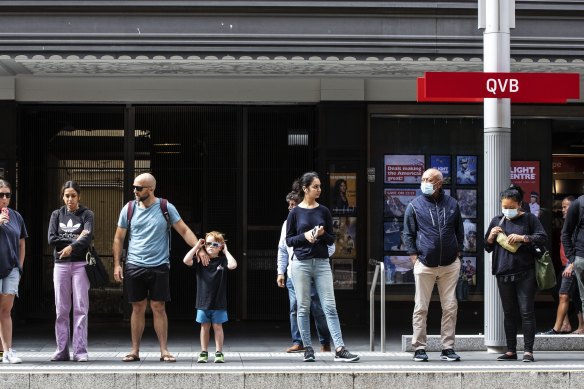
The Climateworks report, to be published on Tuesday, shows that zero emissions vehicles (or ZEVs, which include hydrogen-powered trucks) would need to hit 72 per cent of sales by 2030 to keep transport sector emissions between 2025 and 2050 at a level compatible with 1.5 degrees of global warming.
A more likely but still aggressive “moderated” ZEV uptake (56 per cent of sales by 2030) and no other action would mean emissions overshoot the 1.5 degree benchmark by 21 per cent.
However, moderated ZEV uptake combined with efforts to shift trips away from private vehicles and avoid unnecessary travel would mean an overrun of only 4 per cent. A rapid ZEV uptake plus “avoid and shift” solutions would bring emissions 12 per cent below the benchmark.
“Avoid and shift” solutions would involve moving 35 per cent of car trips onto public transport and active transport (walking, cycling and scooting), and train travel replacing about 7 per cent of domestic aviation.
Governments would also need to reduce passenger travel by 10 per cent and freight travel by 5 per cent by 2040, while 15 per cent of freight on articulated trucks and 5 per cent on rigid trucks would shift to rail too.
Rowe, from the Climateworks Centre, said the modelling showed governments needed to ratchet up policies to encourage the electric vehicle transition but also develop policies to guide investment in public and active transport and rail freight, which had additional benefits for liveability in growing cities.

Experts say targets are needed to increase the share of trips taken by walking, cycling or public transport.Credit: Jessica Hromas
“Even if we transition every car and every truck to a zero emission option, particularly as we have population growth, those vehicles are still traffic,” Rowe said.
Melbourne University transport planning lecturer John Stone, who was not involved in the research, said governments needed to set targets to increase the share of climate friendly transport modes.
“Once we have them, a lot of the investment decisions that we currently make – will we widen this road for cars or will we improve public transport? – become much simpler,” Stone said.
Loading
NSW is aiming to double walking and cycling trips over the next 20 years while Victoria has said it will expand active transport to 25 per cent of trips by 2030, from 18 per cent in 2021. But neither state nor the federal government has targets for increasing public transport trips or reducing private vehicle use.
The federal government last month launched consultation on a transport emissions road map and has flagged it may include policies to encourage investment in active and public transport. It may also consider how investment decisions – such as in new roads or rail lines – encourage or discourage road transport.
Start the day with a summary of the day’s most important and interesting stories, analysis and insights. Sign up for our Morning Edition newsletter.









 Add Category
Add Category